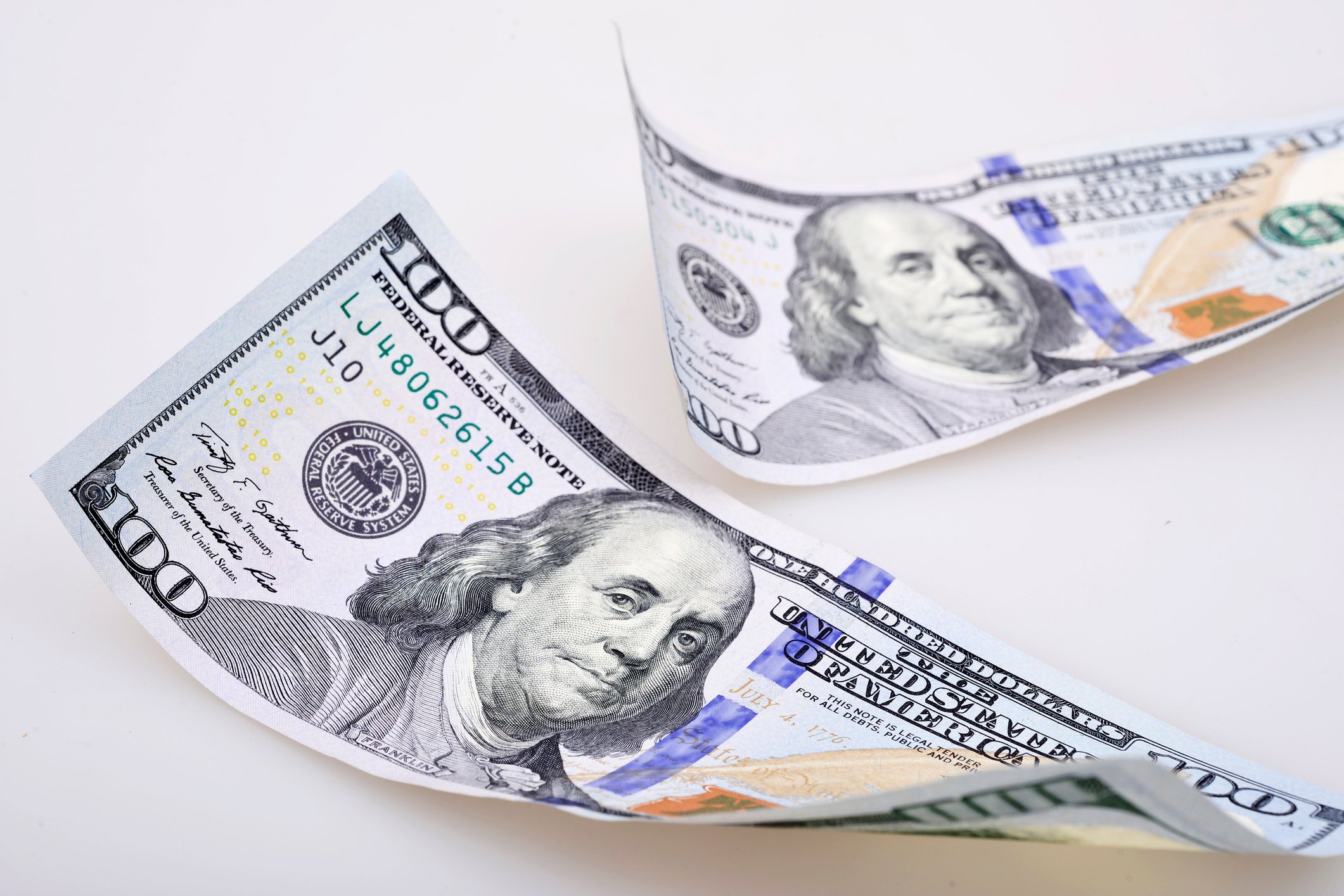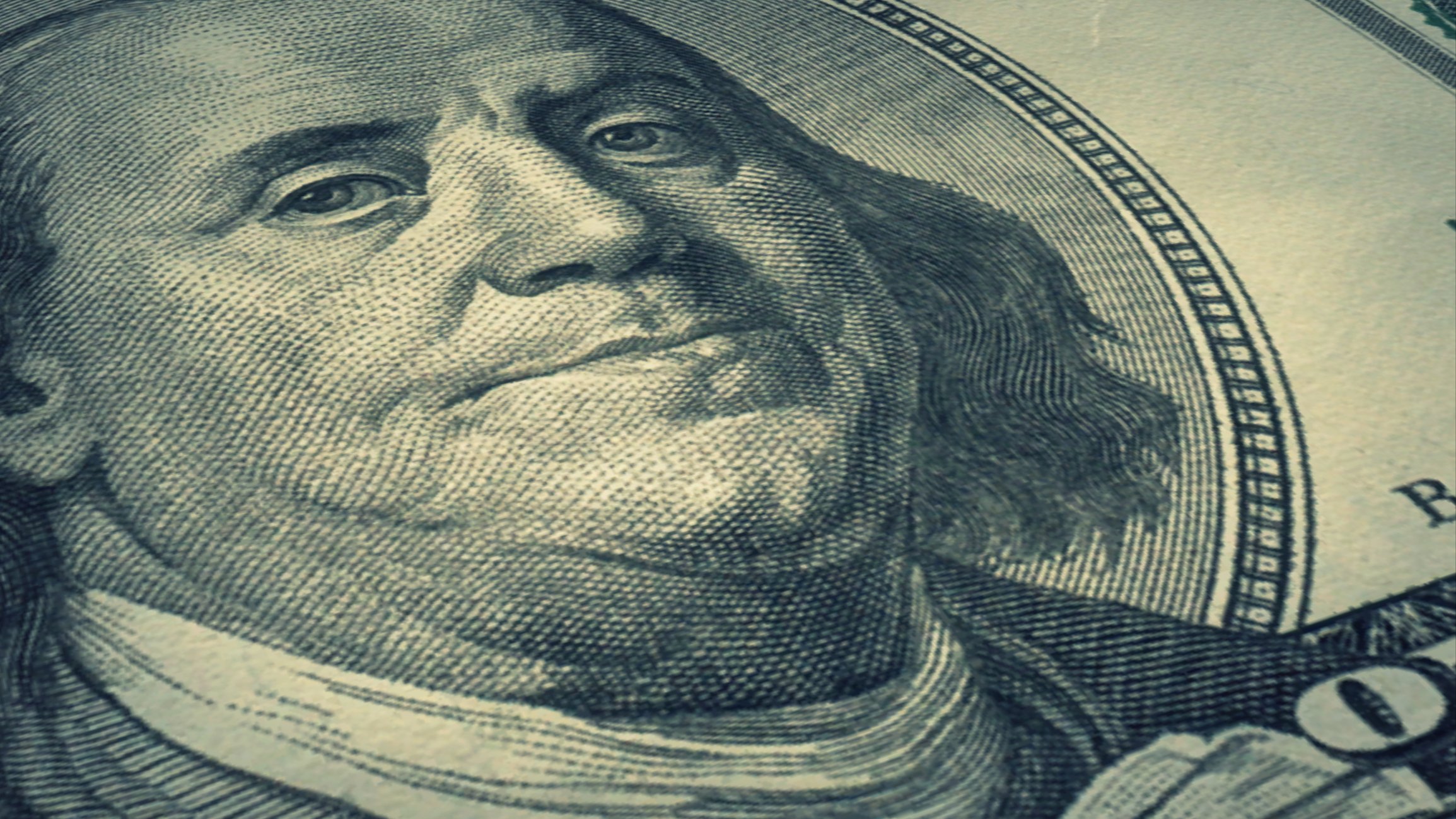I sure hope investors have their antacids handy, because it's been a bumpy ride for seven weeks and counting. The physical and financial toll being exacted by the spread of COVID-19 has created a stock market that's even more volatile than what we witnessed during the height of the financial crisis in 2008.
In no particular order, we've seen:
- The broader market fall into bear market territory (a non-rounded decline of at least 20%) faster than any previous bear market in history.
- The broader market lose in excess of 30% in one month, whereas the average length of time it's historically taken the stock market to lose 30% is 336 calendar days (about 11 months).
- The benchmark S&P 500 log 10 of its 13 largest single-day point losses, as well as its eight biggest single-session point gains of all time, just since Feb. 24.

Image source: Getty Images.
We've also seen the federal government take action like never before. With unprecedented mitigation measures keeping potentially tens of millions of Americans from working, lawmakers passed the Coronavirus Aid, Relief, and Economic Security Act (or CARES Act), which was signed by President Trump on March 27. Among other things, the CARES Act sets aside $300 billion for direct payments to Americans.
Some folks won't be receiving a stimulus check, such as college-age and senior dependents; individuals and couples earning excess of $99,000 and $198,000, respectively, in adjusted gross income (AGI); and non-citizens. But the vast majority of Americans will be receiving money. The maximum payout for those with less than $75,000 in AGI is $1,200 ($2,400 for couples with under $150,000 in AGI filing jointly), and $500 extra for each qualifying child age 16 or under.
For some people, this $1,200 stimulus check is a financial lifeline that'll help pay bills or put food on the table during these extraordinary times. But for others who have a sizable emergency fund, this $1,200 stimulus check could be the perfect opportunity to buy deeply discounted value stocks that have the potential to make you rich over time.
If you fall into the latter category, here are three value stocks you should consider buying right now with your $1,200 stimulus check.

Image source: Getty Images.
Alexion Pharmaceuticals
Traditionally, specialty drugmakers aren't what we'd consider value stocks. Rather, drugmakers focused on orphan indications often receive hefty valuation premiums for their work. But that's not the case for Alexion Pharmaceuticals (ALXN +0.00%), which is valued at less than 8 times next year's profit consensus from Wall Street, and sports a PEG ratio of less than 1. A PEG below 1 is broadly considered to mean "undervalued," although it varies by industry.
The first thing to realize about drugmakers of any size with Food and Drug Administration-approved products is that COVID-19 isn't as big a disruptor as their recent share price weakness would imply. Although the coronavirus could slow new drug development in labs, it doesn't change the fact that people who relied on pharmaceuticals last month will continue to need those medicines in the months and years ahead. Since we can't control when we get sick or what ailment(s) we develop, drug developers like Alexion remain a safe hedge.
But beyond just a short-term hedge, Alexion has a lot to offer. This is a company whose sole focus is on helping patients with exceptionally rare diseases. Because it targets indications with such small patient pools, there's virtually no competition. Thus, Alexion's sales-growth trajectory remains firmly in the high single digits.
Additionally, Alexion has introduced Ultomiris as its successor to blockbuster drug Soliris. This is important in two respects. First, Ultomiris is a protein that's recycled through a patient's body for weeks, meaning it can be administered every eight weeks, as opposed to every two for patients taking Soliris. Therefore, it's an improvement in quality of life for the patient. Second, Ultomiris effectively starts the patent-exclusivity clock all over again for Alexion's ultra-rare indications.
Alexion is about as rock-solid a value stock as you'll find in the drug-development space.

Image source: Getty Images.
Western Digital
Next up is Western Digital (WDC +5.83%), a provider of data storage devices and solutions, whose stock can currently be purchased by investors for approximately 6 times Wall Street's forecast profit per share in 2021, and just under 4 times its projected 2021 cash flow. For context, these are levels we haven't seen since about 2012.
It's important to note that storage space is highly commoditized and extremely cyclical, which certainly adds color to why Western Digital has performed so poorly of late. But there are two catalysts (one near term, one long term) that should have investors feeling much better about this company's prospects.
First of all, there's the upcoming launch of new gaming consoles. As gaming consoles become more sophisticated, the need for data-storage solutions built within these consoles comes into focus. Western Digital's management team sees the gaming market as a multi-exabyte opportunity that should start bearing fruit during the June quarter. In short, it would not be the least bit surprising if client device segment sales surged well beyond $2 billion per quarter. For context, they've ranged between $1.6 billion and $1.8 billion per quarter over the past year.
The longer-term catalyst here is data-center storage solutions. Innovation on the data center front remains costly, and these costs can eat into the company's margins in the near term, but the continued push of businesses into the cloud, coupled with the largest wireless infrastructure update in a decade with 5G networks rolling out, will be a major growth catalyst for Western Digital. Growth in solid-state drives may allow the company's data-center device and solutions segment to become its leading revenue generator in the not-so-distant future.

Image source: Getty Images.
Whirlpool
Finally, value stock investors would be wise to take their $1,200 stimulus check and buy appliance kingpin Whirlpool (WHR +0.59%), even after a nearly 50% bounce from its recent coronavirus-crash lows. Currently, a share of Whirlpool can be had for less than 6 times Wall Street's projected earnings per share for 2021.
Obviously, there are clear concerns regarding COVID-19 and how it will affect the company's ability in the very short term to sell potentially pricey appliances. Whirlpool counts on North America for a majority of its sales, and the shutdown of nonessential businesses and rising unemployment levels in most U.S. states don't bode well for its immediate outlook.
But Whirlpool has weathered its fair share of bear markets before, and it always seems to come out stronger on the other end. One reason is that it's the top name-brand in the appliance space. Aside from simply selling more product and a greater variety of appliances to homeowners, Whirlpool has not had an issue passing along higher prices to consumers to give its bottom line a lift.
Whirlpool has also used geographic expansion to its advantage. Through acquisitions, the company has pushed into the faster-growing Asia-Pacific region, and demonstrated organic constant-currency sales growth of 17% in Latin America during the fourth quarter.
As of now, it's unclear if Whirlpool will cut or suspend its dividend in response to the coronavirus. But if the company chooses not to reduce its payout, value investors will be netting a cool 5.2% yield.







